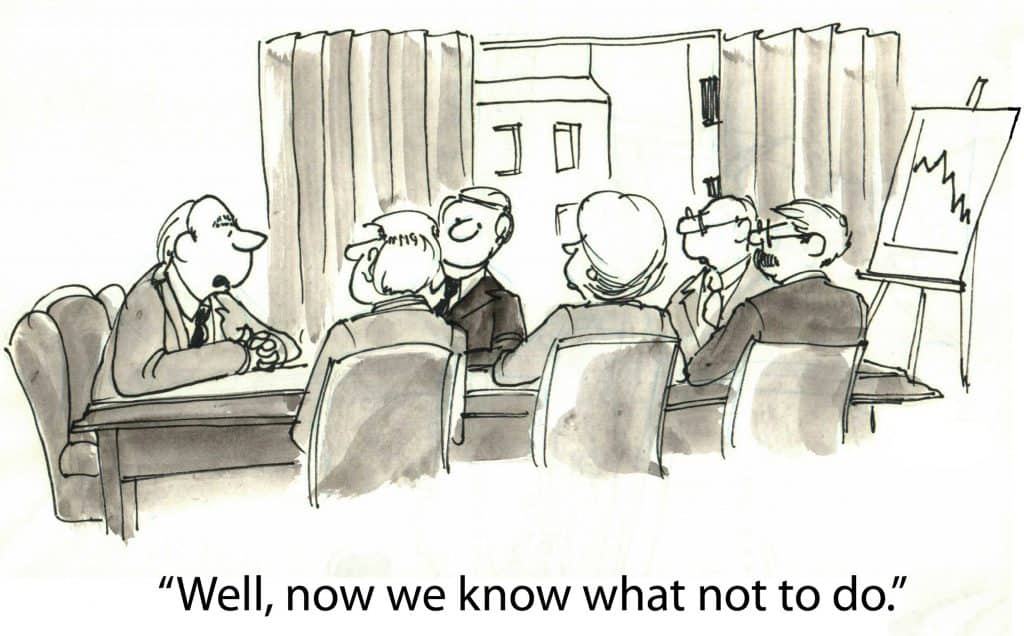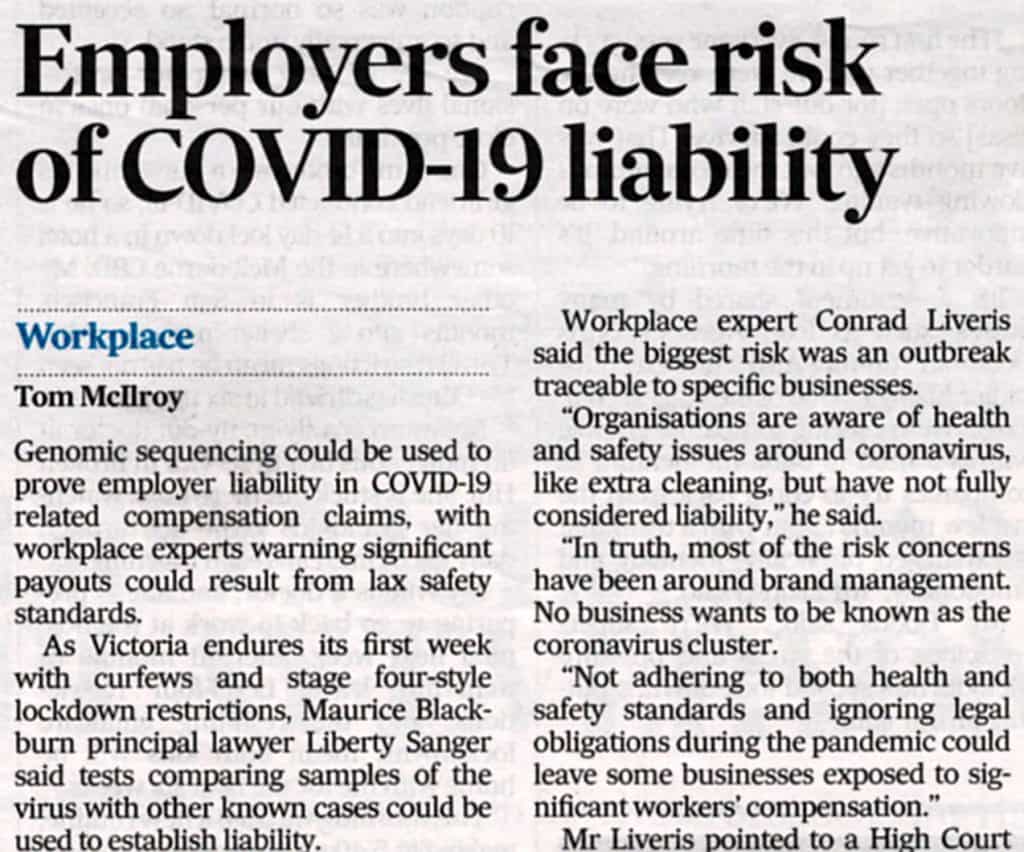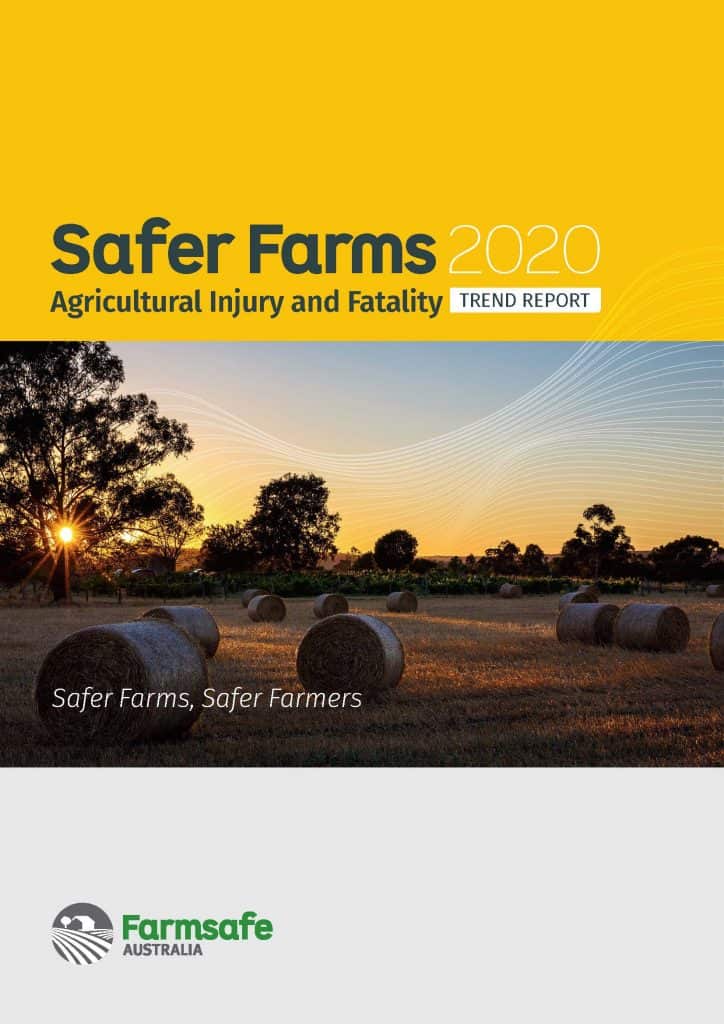A short debate in South Australia’s Parliament about the upcoming World Suicide Prevention Day was illustrative of some of the politics and barriers to reducing suicide.
Independent politician, Geoff Brock moved the following in support of World Suicide Prevention Day.
That this house –
(a) acknowledges that 9 September 2020 is World Suicide Prevention Day;
(b) acknowledges that world prevention day started in 2003;
(c) acknowledges that in excess of 3,000 people die from suicide every year;
(d) acknowledges that suicide is one of the largest causes of death each year;
(e) encourages people of all ages to openly discuss and acknowledge deaths by suicide;
(f) encourages people of all ages to openly discuss their mental health and wellbeing issues with family and friends;
(g) acknowledges the everlasting impact and effect of any death on family members and others; and
(h) encourages the state government to provide sufficient support, both financial and other support, as necessary.






